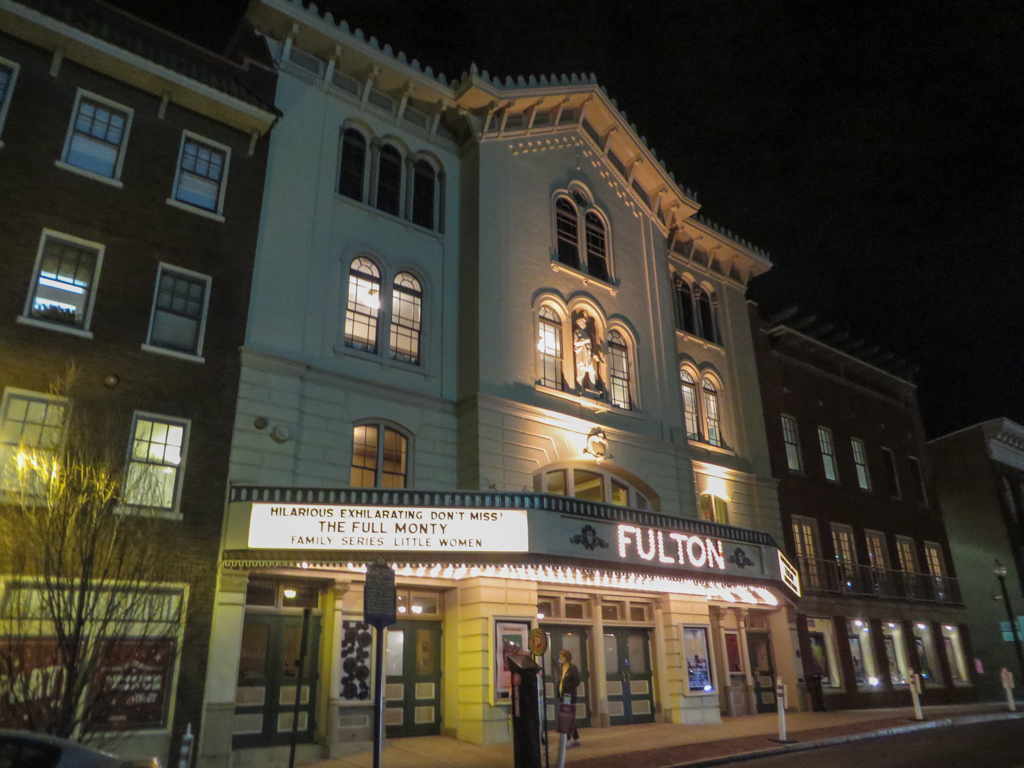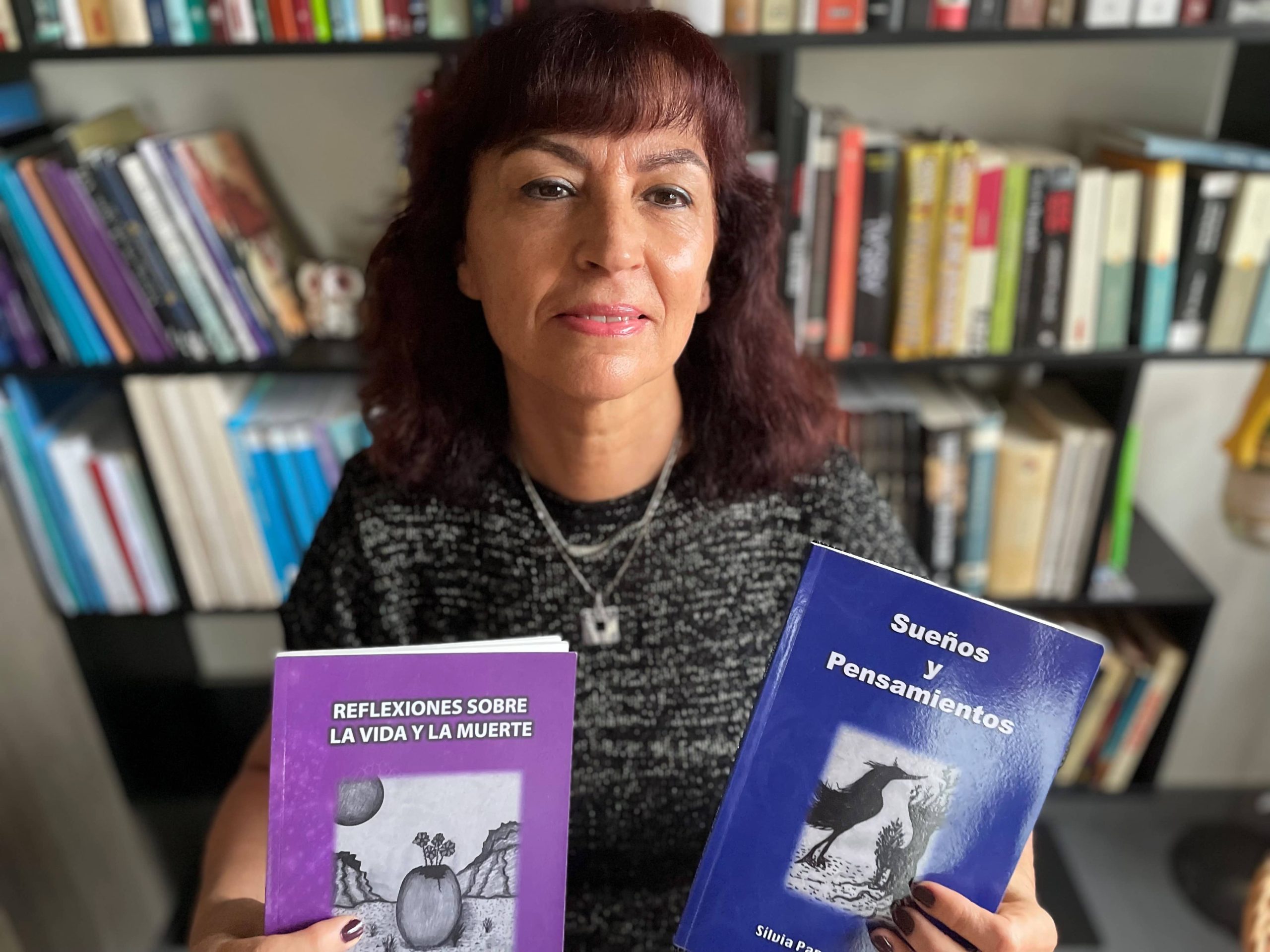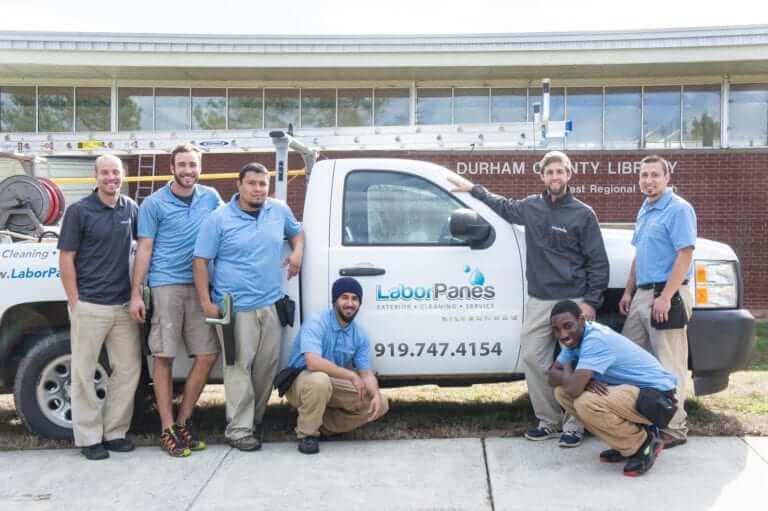Table Of Content

The Fulton Theatre is thought to be the oldest continuously operating theater in America and has been named a National Historic Landmark. The lobbies of the theatre, full bar, gift shop and concessions opens one hour prior to the start of the performance. Is one of only three theatres recognized as National Historic Landmarks (the others are the Walnut Street Theatre in Philadelphia and the Goldenrod Showboat in St. Louis, Missouri).
Building
Plans for a season of summer theatre were announced, and most importantly a group of interested citizens began to raise money to purchase the building as a not-for-profit foundation. The Fulton Opera House Foundation was formed in 1963 with Nathaniel E. Hager, whose great grandfather had founded Fulton Hall, as its president, and a Board of community leaders. A purchase price of $55,000 was negotiated, and fund-raising began for the purchase and renovation. We believe that Christopher Hager would be proud to see how his dream survived and prospered. The Fulton Opera House is one of only eight theatres in the United States recognized as a National Historic Landmark. Located on the first block of North Prince Street in downtown Lancaster, Pennsylvania, it combines the elegance of Victorian architecture with the amenities and technical resources of a modern theatre.
Cirque meets Vegas in 'Joseph' at the Fulton Theatre Center Stage - WPMT FOX 43
Cirque meets Vegas in 'Joseph' at the Fulton Theatre Center Stage.
Posted: Thu, 09 Nov 2023 08:00:00 GMT [source]
We are a regional theatre creating exceptional
Yecker’s son Charles took over the Fulton in 1903 and commissioned local architect C. Performance space was again enlarged and eight box seats were added, as well as the second balcony or “Peanut Gallery” which was fashioned with wooden benches, plus the grand staircase and foyers that still exist today. The Fulton subsequently played host to Sarah Bernhardt, Goerge M. Cohan, and a production of Ben Hur, complete with a live chariot race. After 1910, movies began to pull audiences away from live theatre attendance, and with fewer traveling shows available, Yecker instituted his own stock company. By 1920, these shows included burlesque, which led to a Lancaster group called The Law and Order Society to have Yecker arrested for “exhibiting immoral shows.” He sold the building, which eventually came under the ownership of Ralph W. Coho, who began showing rerun movies, interspersed with a few stage shows.
Get Your Tickets
Sound Discovery's comprehensive and inclusive approach to enriching and enhancing the local community continues to expand each year. The last two seasons alone have seen the launch of four new initiatives, including the LSO Neighborhood Series, StandPartners, Instrument Test Drive, and a collaboration with Carnegie Hall to bring Link Up to Lancaster. He professionalized the ranks of LSO musicians and used his unique link to another regional symphony to create a roster of players that often rehearsed and performed together.

experiences that move the collective soul of our community.
Board Chair Sara Male also serves as Acting Principal Cello, Executive Director Guy McIntosh is a member of the Trumpet section, and Vice-Chair Brent Edmondson is its Principal Bass. With an enthusiastic and dedicated Board of Directors drawn from the community with the wind in its sails, the LSO is more determined than ever to enrich the lives of Lancastrians new and old through its excellent performances, community service, and deep bonds with those who value great music in the region. Curtis Institute of Music Professor Louis Vyner led the first performance of the LSO on May 1st, 1947, at JP McCaskey High School. The earliest iteration of the LSO was a community orchestra comprised of local musicians from the legal and medical field, local houses of worship, and the many corporations headquartered in the region. [Current LSO Board of Directors member Thomas Godfrey recalls seeing performances in the 1960s where the local proctologist played the viola, and the former district attorney played the bassoon!
It is reportedly the oldest working theatre in the United States.[4] It was designated a National Historic Landmark in 1964. Youth pricing available for Mainstage shows is $33 but excludes premium seating. Children 17 and under are eligible for youth pricing as well as Student Rush tickets. Up to three (3) Youth price tickets may be added with the purchase of one (1) Full or Senior price ticket, limit six (6) youth tickets per order.
© 2022 Lancaster Symphony Orchestra
The grand opening, on October 2, 1873, was a performance of Othello, benefiting widows and orphans of the Civil War. Famous performers who subsequently graced the stage were Maude Adams, John Drew, Lily Langtry, and Modejeska. In addition to providing a place of employment for professional actors, the Fulton Theatre Company is a complete production facility which employs full-time carpenters, electricians, scenic artists, painters, composers, lighting and sound technicians. Most set pieces and costumes are created in-house or at an adjacent workshop, and makeup, hair, and wigs are created by a full-time designer. The Fulton also maintains a costume shop which provides access to professional quality costumes and props to schools, community theatre companies, and other organizations throughout the region.
that moves the collective soul of our community and honors our national historic landmark
The Fulton Theatre Box Office has extended hours during productions, including two hours before most performances and one hour before 9am performances. Upon Vyner's retirement in 1979, Stephen Gunzenhauser became the Second Music Director of the Symphony. Vyner's 32-year tenure set a precedent of long relationships between the LSO and its chief conductors, with Maestro Gunzenhauser leading the ensemble for 40 seasons!
In 1931, Ethel Barrymore appeared in a play called The Love Duel, and the Drama Club of Lancaster presented an amateur production of George Kelly’s The Torch Bearers. The newer theatres on North Queen Street were drawing audiences with first run movies, and as the years went by, the Fulton became a second-rate movie house, its stage empty of performers. In the early 1950’s, a writer named Eugene Burr wrote an article for the New York theatre Playbill suggesting that the Fulton become a memorial to actor John Durang. In 1957, new management repositioned the theatre as an art movie house, with occasional stage performances. Over the next few years, a local production of Thornton Wilder’s Our Town with Victor Jorre as guest star, and a traveling production of Arthur Miller’s A View from the Bridge starring Luther Adler were presented.
The wooden statue of Robert Fulton, that originally adorned the front of the building, is restored and displayed in the lobby. Christopher Hager, a Lancaster merchant and civic leader, had a dream—to create a building that would serve as a community center for meetings, lectures, concerts, and theatrical performances. He commissioned the renowned Philadelphia architect Samuel Sloan (who later designed the Lancaster County Courthouse) to create this building, which was erected in 1852. Named Fulton Hall, after the county’s steam engine pioneer, Robert Fulton, it was built on the foundation of Lancaster’s pre-Revolutionary jail, where in 1763, a vigilante gang known as the “Paxtang Boys” massacred the last of the Conestoga Indians being held there for their protection. This was a monumental event throughout the colonies and became the subject matter for the first plays ever written on American soil – A Dialogue Between Andrew Trueman and Thomas Zealot About the Killing the Indians at Cannestogoe and Lancaster and The Paxton Boys, a Farce. The first musical concert at Fulton Hall was by violinist Ole Bull and 9-year-old soprano Adelina Patti, to raise money for a settlement of Scandinavians in Potter County.
] Vyner, a graduate himself of the Curtis Institute, was able to bring many musicians from the Philadelphia Orchestra to perform with the young LSO, raising the quality of the musicianship. Eventually, the LSO would move into its home at the refurbished Fulton Opera House, elevating its reputation and profile in the city. This statue is a replica of the original wooden statue, which is displayed inside the interior lobby. Since its postwar beginnings in 1947, the Lancaster Symphony has sought to provide the vibrant arts community in Lancaster with outstanding performances, unique repertoire, and educational services rooted in a belief that music is fundamental to human industry and well-being. Today, the Lancaster Symphony Orchestra celebrates over 75 years and looks to the future under the leadership of its third Music Director, Michael Butterman.
Another massive expansion and renovation in 1995 brought the theater's interior back to its vintage glory. As the theater struggled over the next decades, turning to burlesque shows and movies, the wrecking ball loomed in the Fulton's future by mid-century. But an effort by concerned citizens in 1962 saved the old building, which was declared a National Historic Landmark in 1969. Emlen Urban enlarged the Fulton and redesigned the interior in a neoclassical style, leading to another grand re-opening in 1904. The Fulton Opera House Foundation incorporated as a not-for-profit organization in 1963. Vyner's wife, Mary Bainbridge Vyner, launched the Lancaster Conservatory of Music in 1958, an institution that taught many fine young musicians until its shuttering in 2020.
Mark Twain and Horace Greeley were among the lecturers who came to Fulton Hall, and theatrical performances included Harriet Beecher Stowe’s Uncle Tom’s Cabin. In 1856, the hall was sold to Blasius Yecker, a harness worker, and Hilaire Zaepfel, a hotelkeeper. They enlarged the stage and added new seats and ventilating devices to attract larger traveling productions and audiences. Thirteen years later, Zaepfel sold his interest to Yecker, who initiated a major renovation following the Civil War. Architect Edwin Forrest Durang (a descendant of America’s first actor, John Durang, a Lancaster native) lowered the auditorium, added space for stage rigging, constructed a proscenium arch extending 21 feet above the stage, and added the first balcony. According to old photographs, the name was changed to “Yecker’s Fulton Opera House” at this time.












